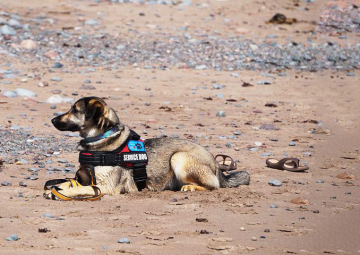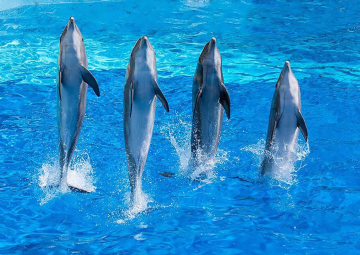Imagine for a moment that you are a newly hatched duckling. You open your eyes, and the first thing you see is a moving figure. Without questioning it, your instinct leads you to follow that figure, assuming it is your mother. This phenomenon, known as imprinting, was thoroughly studied by ethologist Konrad Lorenz, who observed how goslings bonded with the first moving object they saw, even if it was a human.
THEORY
In the world of animal training, each day gives us a new opportunity to improve communication between us and the animals. As you know, when we train, we often condition our animals to perform the desired behavior through a cue. But how do we tell our animal what we expect from them? With the help of prompts, which will be essential for guiding and shaping the behaviors we want to train, whether it's a dog, a macaw, or a dolphin. These techniques will help us initiate responses and will be fundamental in our training plans.
In animal training, we sometimes hear about the threshold of tolerance, but what is the threshold of tolerance and how can we manage it?
It is a term that refers to the level or point at which an animal begins to show signs of stress or discomfort in response to a specific stimulus. This concept is crucial for understanding and managing an animal's behavior, as it allows us to identify the limits within which the animal can behave without showing significant frustration or discomfort.
As trainers or caregivers, we often encounter situations with our animals in our daily routines that present behavioral problems, and we may not always know how to solve them, or rather, how to begin developing a plan to improve or resolve them as soon as possible.
Trainers use different techniques within the operant conditioning but, without a doubt, the targeting or use of the target, is one of the most known and used in animal training.
To put ourselves in context, we first need to know that targeting is the process of teaching an animal to touch or follow a target with some part of its body. Once this is known, the possibilities for training are endless.
In this article we will talk about what is known as the KGS or the Keep Going Signal.
It is a concept that, despite not having an official definition or that has been described scientifically, we did not want to overlook.
In past articles we have talked about reinforcement and the properties they have to create behavior.
As you know, behaviors can be reinforced with primary reinforcement, which are those that have an intrinsic value by nature and are reinforcing; a previous experience such as: food, temperature, water, sex) is not necessary.
We have seen in previous articles how to reinforce a correct behavior when we train with our animals, as this will increase the probability that they will occur in the future, but what do we do when a behavior is incorrect?
When we talk about silent training, we find a concept unknown to many animal trainers; but nothing could be further from reality, since most of the time we use it in a more or less conscious way.
In our second article we talk about operant and classical conditioning, and this time we will explain in detail what bridge is, what types there are, and their relationship with both types of learning.
To know how conditioning works, we must inevitably talk about two very significant people within what is learning and behavioral. The Russian physiologist Ivan Pavlov (1849-1936) and the American behavioral psychologist Burrhus Frederic Skinner (1904-1990)
Categories
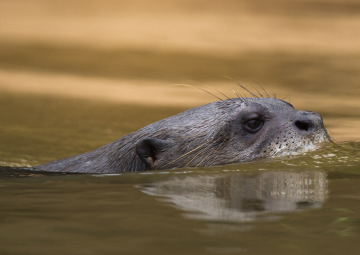
29 April 2025
Giant Otters: Medical and Handling Training
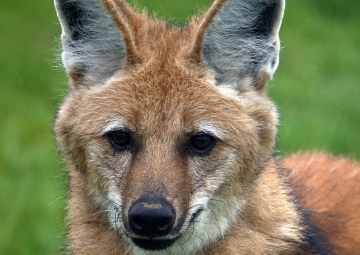
02 December 2024
Training Maned Wolves: Building Trust for Care and Conservation

14 October 2024
What are prompts?

16 July 2024
Training the threshold of tolerance
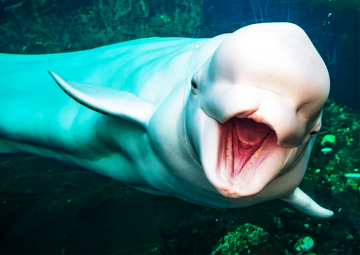
19 May 2024
How to Solve Behavioral Problems








